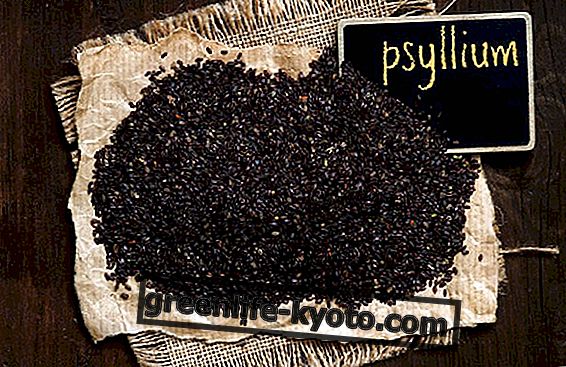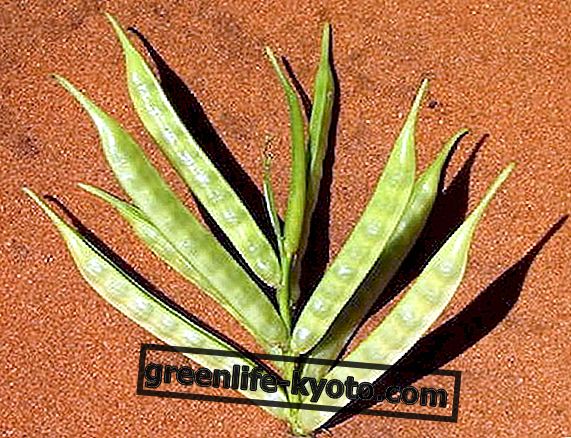
Ethiopia
Ethiopia is, in the African landscape, a decidedly unique nation, the only one ever really colonized, the only one to have maintained its original language without being supported by languages introduced by Europeans, the only one to have preserved its ancient religion. and its own official alphabet. Here the root of tradition is really still alive and throbbing.
It is a country inhabited by more than 100 million people, landlocked, with vast views ranging from the savannah to the mountains, from deserts to volcanic areas.
Many different ethnic groups inhabit Ethiopia and this diversity is also reflected in the cuisine, unique in its kind and with specific characteristics, such as the omnipresent use of injera, the traditional way reserved for women to prepare coffee, considered among the best to the world, and the general disposition of the main dish that refers to ancestral traditions that unite the Nilotic civilization, that of Axum and the Vedic one.
Ethiopian cuisine: typical dishes
Let's start with the main dish, the wat, which simply means food. We have already mentioned "l ' injera ", a flat and spongy bread made with a mixture of tef, an ancient cereal of Ethiopian origin.
Above the unfolded on the plate are the ingredients of the wat, or lamb curry or goat or beef, often very spicy, with vegetables, legumes, salads and vegetable sauces cooked with clarified butter .
This is the most typical of the dishes served anywhere in Ethiopia. The main spice of Ethiopian cuisine is the so-called berberé, a spicy mixture of local spices, and the garlic-flavored liquid butter is one of the most common condiments. Breakfast is generally parca but nutritious, based on kinche, what we would call cereal breakfast.
Typical of restaurants is the kifto, similar to the tartare meat : it is raw meat marinated in a set of spices (often chilli, garlic, butter, coriander).
But there is also room for vegetarians : bayenetu, in Ethiopian restaurants, is a series of courses without meat, exclusively vegetable. Shiro, a chickpea cream, sometimes also containing other legumes, is very popular.
Sometimes the whole goes with the Sambusa, the Ethiopian equivalent of fried rolls.
Where to eat (on the street or in restaurants) in Ethiopia
Ethiopian cuisine is absolutely unique and inimitable and it is not so difficult to find Ethiopian restaurants in our cities.
In Ethiopia, for those lucky enough to travel through it, the choice varies between restaurant, inn, bar, and some street kiosks where you can have breakfast, have a snack or drink a good Ethiopian coffee together with some local sweets. Obviously the variety and quality of food varies considerably from cities, especially the capital Addis Ababa, to areas indigenous to the border with other states.
Not to be missed in Ethiopia
First of all the coffee, roasted by local women on a special wood embers that gives a unique and inimitable aroma. A must for coffee lovers.
Injera is a dish impossible to avoid even if you want, a sort of daily basis for Ethiopian meals, but an interesting alternative recipe that contemplates it is the shiro firfir, that is the rolled, cut and sautéed ina in one of the endless curries of legumes (peas, lentils or chickpeas) that we find in Ethiopia.
What to avoid in Ethiopia
In Ethiopian restaurants everything is good and of good quality . Traveling through Ethiopia instead we will discover the difficulty in trying to avoid spicy meals, the monotony of always having to resort to ink (so try new dishes whenever you can), and not easy digestion of marinated raw meats.
Advice and curiosity
Eat always and exclusively with the right hand, as in India. Not only is it considered correct but it will help us to integrate ourselves and make ourselves accepted.
Ethiopia is one of the best countries in the world for the production of exotic fruit, take advantage of it, especially if you love avocado.













